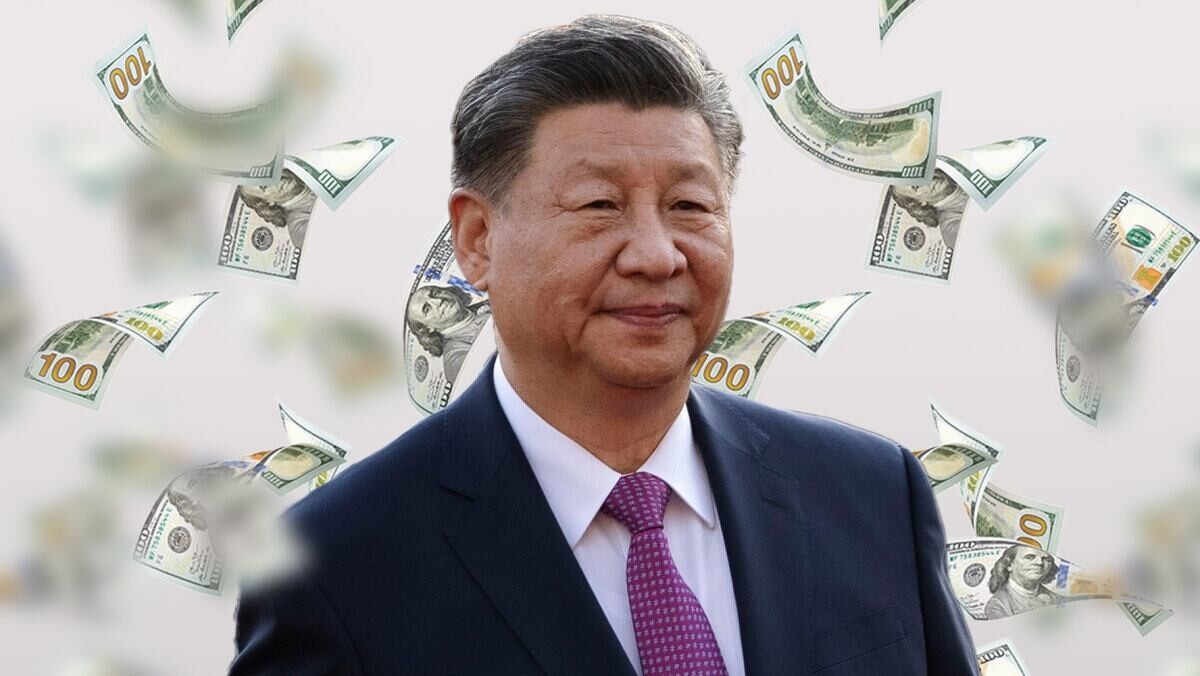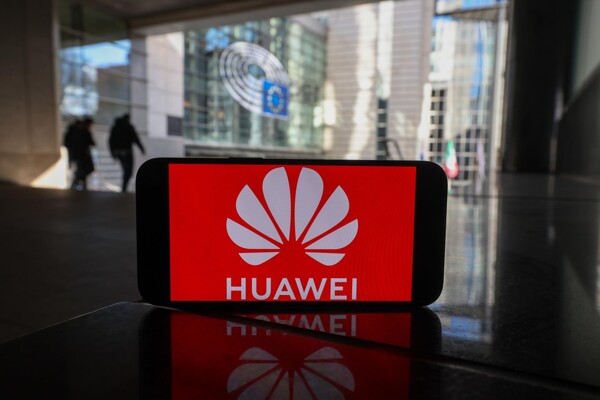
China has increased its public spending at the fastest pace for a first quarter since 2022, with a 5.6 percent increase compared to the same period last year. This increase represents almost 22 percent of the planned disbursements for the whole year, showing a faster pace than in previous years.
Economists expect China’s growth to drastically decrease starting from the second quarter, once the effect of front-loaded exports fades and the benefits of a consumer goods renewal program diminish. Several financial entities have lowered their growth projections for China this year to below 4 percent, well below the government target of 5 percent.
To mitigate the impact of tariffs imposed by the United States, Chinese authorities are implementing support measures announced during last month’s parliamentary session. The possibility of accelerating tax refund payments is mentioned as an option to help exporters face current challenges.
The increase in U.S. tariffs could lead to a contraction in Chinese exports, combined with the decline of the real estate market and deflation that are affecting consumer and business confidence. In this scenario, the need to strengthen public spending to protect the country’s economy has been highlighted.
In the first quarter, China’s tax revenues fell for the second consecutive month, while the increase in non-tax revenues halved. The gap between government revenues and expenditures widened, with an overall budget deficit increase reaching 2.3 trillion yuan (315 billion dollars), a year-on-year increase of 41 percent. Local authorities have also resorted to selling bonds to relieve liquidity tensions and reduce excessive fines on businesses, as part of a program to mitigate the impact of the current economic situation.














